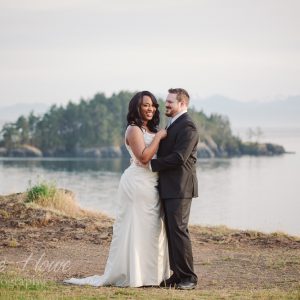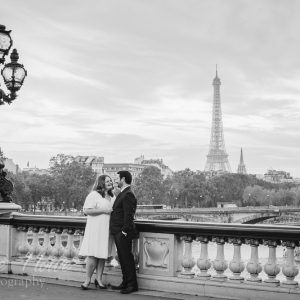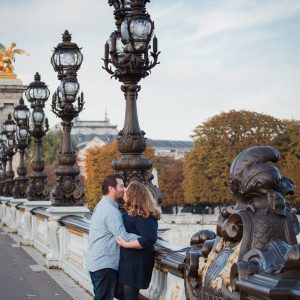Tuesday’s Tip #12:
Ever hear of HDR? HDR stands for High Dynamic Range. It’s a way of merging multiple photos that have a range of different exposures. The effect is that, when combined, they balance out as a complete, perfectly exposed image. Challenging lighting situations, where brights are too bright and darks are too dark, are when I would use HDR.
.jpg) Highlights are too washed out here. Shadows are too dark here.
Highlights are too washed out here. Shadows are too dark here.
.jpg)
I say “would”, since I don’t often use it myself. That’s only because I don’t like the look of HDR when I’ve tried it with the tools that I currently have. It’s more of a software rendering technique than anything, and the best tools are dedicated programs used for this purpose. One I would love to own (birthday, anyone?) and that I highly recommend is Photomatix . I used a free trial to generate the above image (hence the watermarks), and though I haven’t perfected using this tool for HDR, I can tell you that it far exceeds what I’ve been able to do with older versions of Photoshop. Although, I understand that improvements in HDR processing have been made in the latest versions of Photoshop, I still think this is the best tool for the job right now.
Anyway, if you simply want to experiment in Photoshop or anything else you can get your hands on, the first step is taking the pictures. Since you are trying to get a range of different exposures, I suggest taking a minimum of 3 shots. One will be overexposed (so that you can actually see detail in the shadows), one will be underexposed (so that you can see details in the highlights), and one that is in the middle (as balanced as you can get). I would say 5-8 exposures is a good amount.
You must keep in mind a few things when attempting an HDR image:
- Change your shutter speed, not your aperture. Changing your aperture will affect your depth of field and you don’t want that.
- Keep your camera as still as possible so that everything matches up when merged later. This is why most HDR is done with landscapes. Landscapes don’t really move and you can use a tripod. If you have a slightly moving subject, it’s still possible to use HDR. You simply have to set your camera up for taking 3+ exposures in a row. There should be an auto exposure bracketing (AEB) capability in your camera’s menu. Just look up bracketing in your manual to see how to set it.
- Be aware of how much editing you are doing. Some people love HDR so much that they push it beyond what I would consider photography and into the realm of illustration. In essence, a lot of HDR imagery you see on the internet (just Google it) is way over done in my opinion. Of course, you can decide for yourself what you like. 🙂
- Finally, I recommend only using HDR when you need to. As stated in #3, there are people who love it, and those people want to use it all the time. That’s fine if you like the fantastical look that is seen in a lot of HDR images. I’m only here to warn you. In my opinion, you should use it when it seems impossible to take a nice photograph of a scene because the brights are too bright and the darks are too dark. HDR is made for these situations.
And now that I have the free trail of Photomatix, I am itching to play with it some more! Try it yourself! Seriously, I think I need this for my birthday. 😉
Have any questions? Leave them in the comments below. Maybe I can answer your question in next week’s post. 🙂





